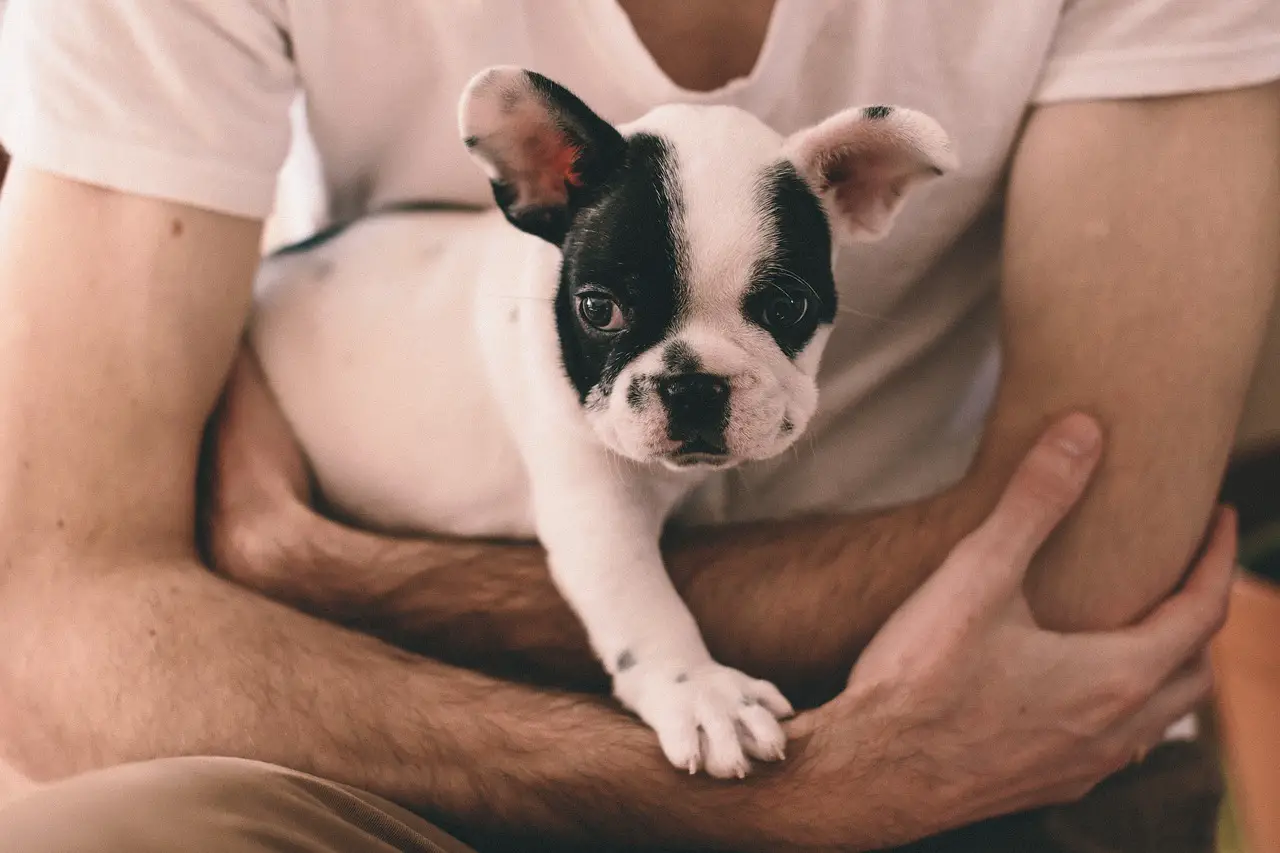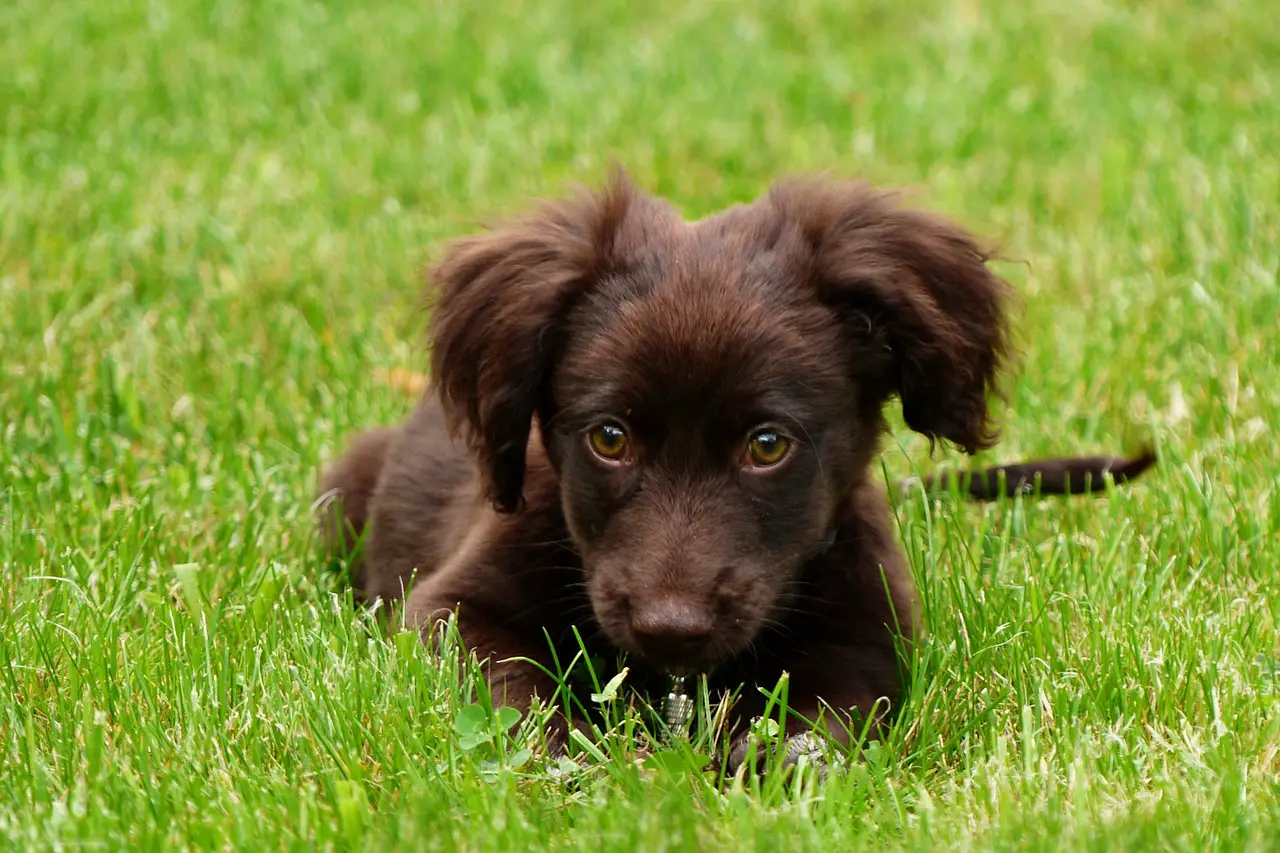Welcoming a new puppy into your home is an exciting and joyous occasion. However, it also comes with the responsibility of ensuring your furry friend’s safety and preventing potential mishaps. Just as you’d childproof your home for a baby, it’s essential to puppy-proof your space to create a safe and secure environment for your new canine companion.
In this comprehensive guide, we’ll cover all aspects of puppy proofing your home to help you prepare your home for your new pup’s arrival.
You may also want to read about the best dog toys.
Puppy Proofing Your Home
1. Do Your Research
Before bringing a puppy home, research the breed to understand its specific needs and tendencies. This knowledge will help you anticipate potential challenges and tailor your puppy-proofing efforts accordingly.

2. Puppy-Proofing Supplies
Gather the necessary supplies, including a secure crate, puppy gates, leash, collar, ID tag, food and water dishes, puppy food, chew toys, and grooming supplies. These items will help you manage and care for your puppy effectively.
Puppy Proofing Your Home
1. Declutter and Organize
Start by decluttering your home and removing any items that could be hazardous to your puppy. Secure cables, electrical cords, small objects, and any toxic substances such as cleaning supplies or plants that are poisonous to dogs.
2. Puppy-Proofing Rooms
- Kitchen: Use childproof latches to secure cabinets containing cleaning supplies and food items. Keep trash cans covered and inaccessible to prevent your pup from scavenging.
- Living Room: Remove small objects, such as remote controls and decorative items, from low surfaces. Secure heavy furniture that could tip over.
- Bathroom: Ensure that medications, toiletries, and cleaning products are stored in cabinets out of your puppy’s reach.
- Bedroom: Keep socks, shoes, and clothing items out of reach to prevent your pup from chewing on them.
- Stairs: Install baby gates to block access to staircases until your puppy is old enough to navigate them safely.
3. Hazardous Substances
Identify and store hazardous substances out of your puppy’s reach. This includes chemicals, medications, pesticides, and any plants that could be toxic to dogs. Use childproof latches on cabinets containing these items.
4. Secure Trash Cans
Dogs are notorious for getting into trash cans. Invest in trash cans with secure lids or place them in cabinets with childproof latches.
5. Keep Food Secure
Store human food out of reach to prevent your puppy from raiding the pantry. Foods like chocolate, grapes, onions, and certain nuts are toxic to dogs.
6. Hide Electrical Cords
Puppies often chew on electrical cords, posing a significant danger. Use cord protectors or conceal cords behind furniture to prevent access.
7. Baby-Proof Locks
Consider installing baby-proof locks on low cabinets and drawers to keep curious pups from exploring potentially dangerous areas.
8. Puppies and Plants
Some houseplants can be toxic to dogs if ingested. Research your plants and either move them out of reach or replace them with non-toxic varieties.

9. Lock Doors and Gates
Ensure that doors and gates leading outside are securely closed to prevent your puppy from wandering into dangerous areas or escaping.
10. Eliminate Choking Hazards
Remove small objects, such as coins, buttons, or children’s toys, from the floor where your puppy could ingest them and potentially choke.
Puppy-Proofing for Exploration
1. Crate Training
Crate training is an essential part of puppy-proofing. A crate provides a safe space for your puppy and prevents them from getting into trouble when you can’t supervise them. Make the crate comfortable with bedding and a few toys.
2. Puppy Gates
Use puppy gates to restrict access to certain areas of your home until your puppy is fully trained. This prevents them from getting into mischief in unsupervised spaces.
3. Tethering
When you can’t use a crate or gates, tether your puppy to you with a leash. This keeps them close and prevents them from exploring hazardous areas.
Puppy-Proofing Outdoors
1. Secure Fencing
Inspect your yard’s fencing to ensure there are no gaps or weaknesses that your puppy could escape through. Use wire or mesh to reinforce any areas where your pup could squeeze through.
2. Remove Toxic Plants
Just as in your home, remove any toxic plants from your yard. Be aware of any chemicals or pesticides used in your garden and keep your puppy away from treated areas.
3. Provide Shade and Water
If your puppy spends time outdoors, ensure they have access to shade and fresh water, especially in hot weather.
4. Supervised Play
Always supervise your puppy when they’re in the yard. Puppies are curious and can get into all sorts of trouble without proper supervision.
Puppy-Proofing for Training
1. Puppy-Proof Training
Teach your puppy basic commands like “sit,” “stay,” and “come.” This not only helps with obedience but also keeps your pup safe in various situations.
2. Socialization
Socialize your puppy with other dogs and people to help them develop proper behavior and become comfortable in various settings.
3. Puppy-Proof Playtime
Supervise playtime with other pets and children to ensure that interactions are safe and positive.
Conclusion
Puppy-proofing your home is a crucial step in ensuring your new furry family member’s safety and well-being. By taking the time to identify potential hazards, secure dangerous areas, and provide a nurturing and structured environment, you’ll create a safe and happy home for your puppy to thrive in.
Remember that puppy-proofing is an ongoing process, so continually assess your surroundings and make adjustments as your puppy grows and learns. With proper puppy-proofing and a lot of love and patience, you’ll set the stage for a harmonious and joyful life together with your new puppy.
